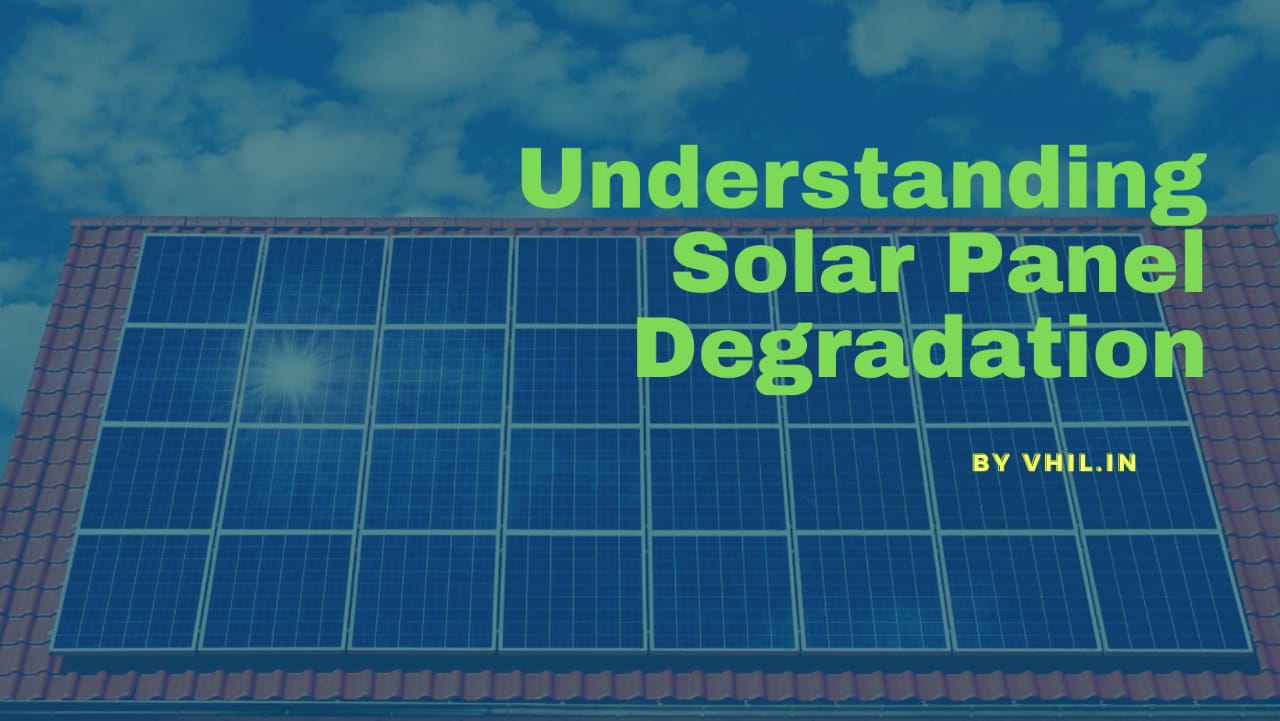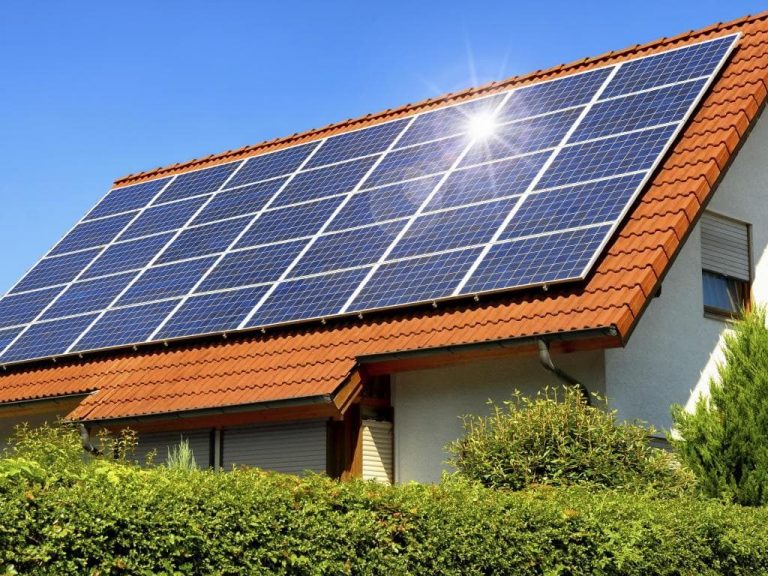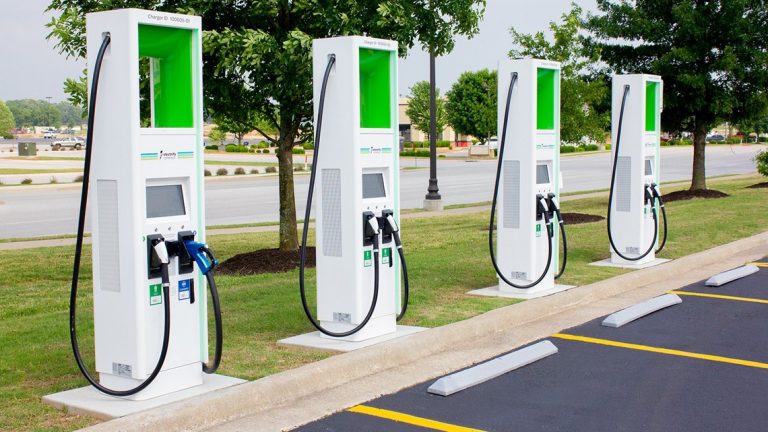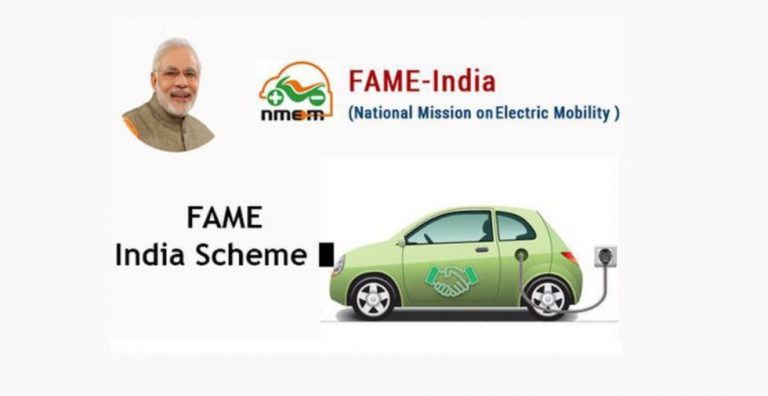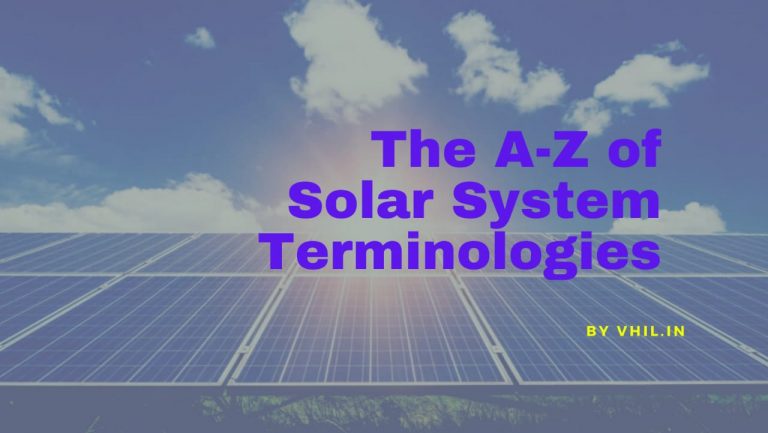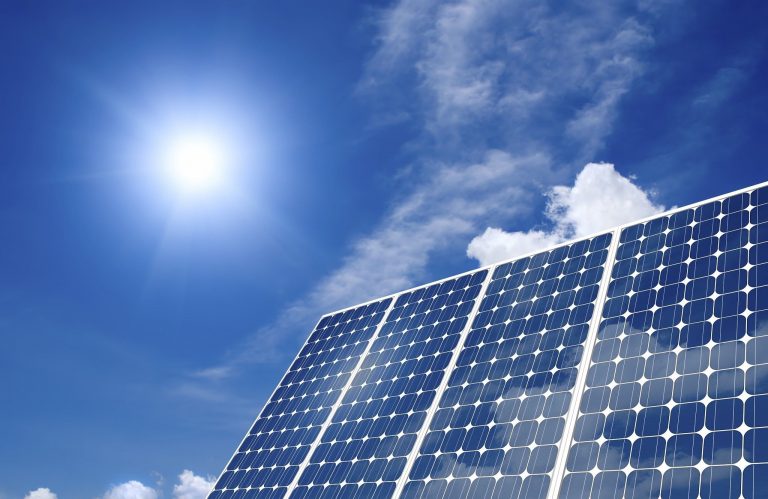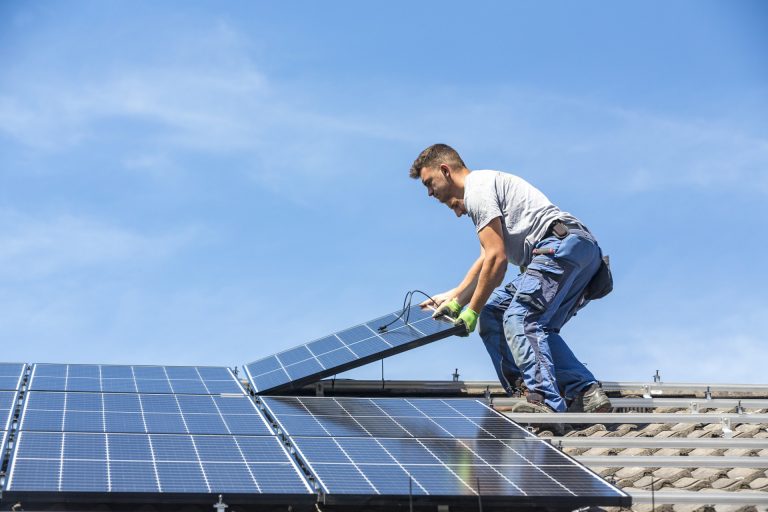Solar Panel Degradation in 2021
In our last article, we’d talked about the losses in a solar system. There are a variety of other failures in any solar system ranging from losses to degradation. Here, we’re going to discuss the solar panel degradation in detail.
Study of Modulation
It’s necessary to understand why the study of modulation is essential before starting with the topic. Unlike the other electronic/power devices, solar systems are built to last long. Most of them easily last for more than 25 years. While this may seem like a tiresome span — owing to the possible maintenance costs and otherwise, you’d be surprised to find that they aren’t a maintenance-heavy system.
But still, over time, the panels aren’t immune to degradation and inefficiency. So here’s discussing what and how.
The Useful Life of Solar Panels
Solar panels are different from the other gadgets, as in they don’t function like running for a certain number of years and then stopping altogether. They have a gradual degradation.
Most manufacturers cover a 90% performance warranty for the first decade, decreasing to 75-80% in the second decade. The panels still might continue to function way beyond that — but you’d be comfortable changing it once the period ends.
This period of viable efficiency is called the useful life of the panels.
Types of Solar Panel Degradation
According to several reports, a solar panel degrades by 0.5-3% of its efficiency each year. The solar panel degradation could be because of the immediate causes like short and open circuiting, thermal cycles within the system, external environments like humidity, dampness, and shade.
There are other long-term causes like the losses like optical, area and resistance losses.
There are three basic types of solar panel degradation. They are:
Light-induced degradation
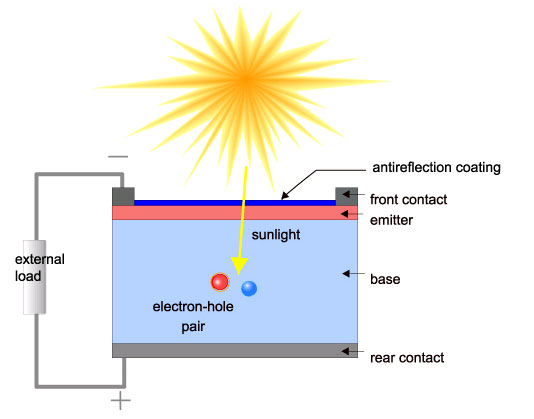
LID happens within the first 1000 hours of the panels’ exposure to solar radiation. It causes the photoconductivity of the solar panel to be reduced and is adjusted to practical efficiencies. Solar panels usually experience an efficiency drop of around 1-3% and stabilize afterward.
Potential induced degradation
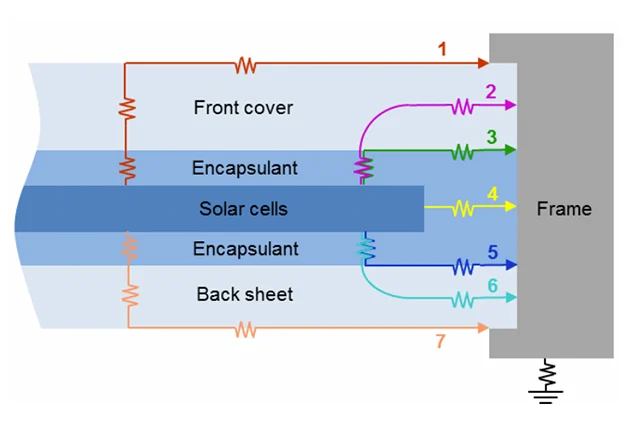
PIDs are a particular type of degradation caused by voltage leaks because of the variable voltages of the solar cell and the frame of the panels. At this degradation, panels may lose the efficiency of over 30% and might ask for maintenance.
Aging-related degradation
It is the most common and the obvious of all solar panel degradation. No device can work forever on its maximum efficiency. Over time, several losses in the system and the vital components reduce its efficiency and power output.
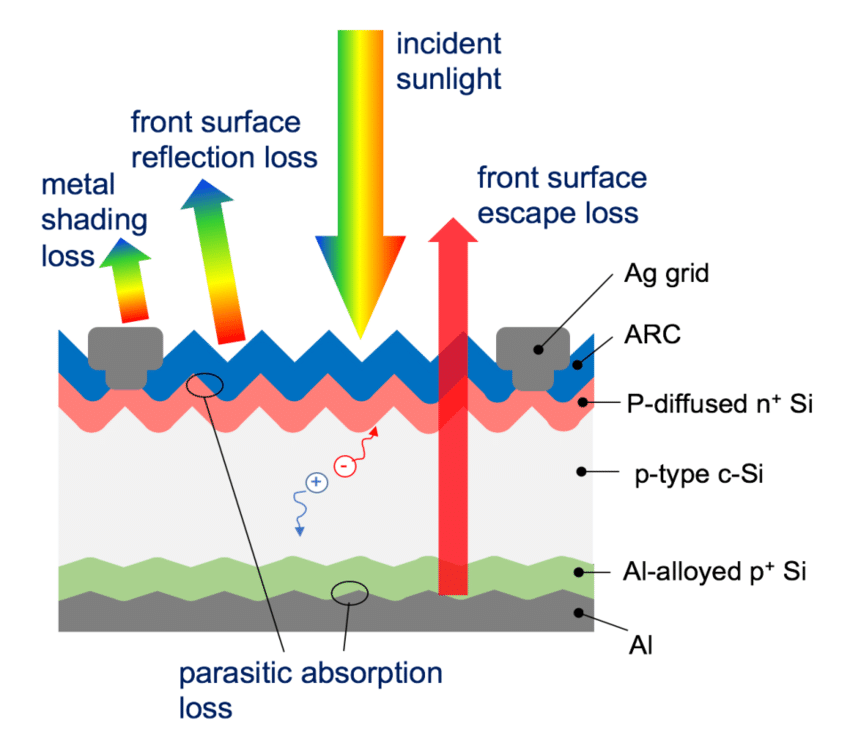
We’ve talked more about this on “Losses in a Solar System.”
The external factors
Some of the other factors causing solar panel degradation are external — like using cheap materials in the construction, or the silicon wafer with unwanted impurities and all these. Cheap panels could have the quality of the manufacture compromised. So it’s necessary to source your system from reliable brands.
Some of the other factors causing solar panel degradation include:
Microcracks in Silicon cells
Silicon wafers develop microcracks in their cells. It causes the electrical connections to lessen, causing fewer electron-hole pairs in the system and lesser electrical power output in succession.
Junction Box Adhesion Failure
The failures in the junction box adhesion cause the panel to delaminate. The solar panels are required to have a specific minimum layer of adhesion to avoid this.
Thermal cycling
It is the process of the repeated heating and cooling of the panels. The panels are built with temperature-gradient tests to predict if they’d be able to handle the temperature extremes of the day.
The warm weather causes the components to expand, and the colder temperatures of the non-active hours of the night have the parts contract. It is one of the leading causes of cracks in silicon cells.
Now that we’re done with the types of solar panel degradation let’s choose the correct system.
Choosing and maintaining your system
Specific parameters help you choose the ideal system. The degradation of the panels is an inevitable process, but you can prolong the life of your system with intelligent buying.
We have detailed articles on this and have tabulated the best solar panels and the best solar inverters with several independent tests. Check them out, or hit us up for more on this.
